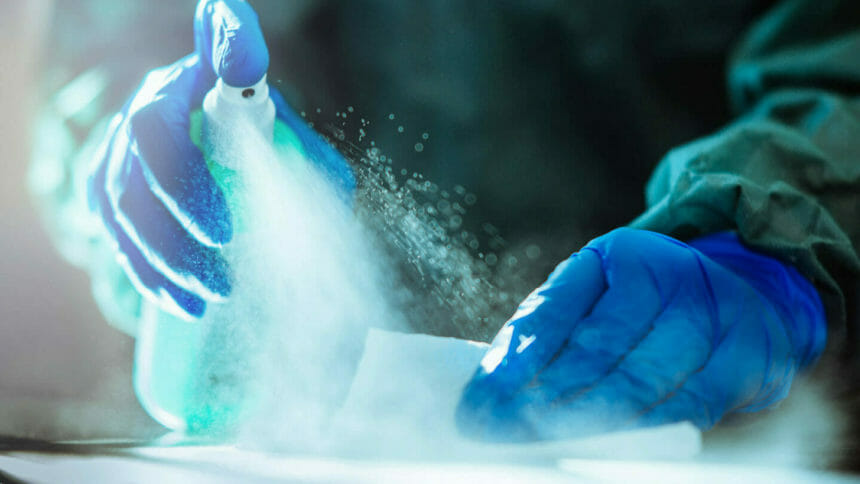
A new pilot study is the first to quantify the strengths and challenges of healthcare environmental hygiene practices in healthcare facilities around the world, according to the World Health Organization.
Healthcare environmental hygiene includes the cleaning of all surfaces in facility rooms. The results show a surprising lack of strategic planning in this area, and “widespread challenges” faced by healthcare institutions worldwide, the researchers said.
Among 51 healthcare facility respondents, nearly all (98%) “were majorly lacking in one or more of the World Health Organization’s [five] multimodal improvement strategies for infection prevention and control practices,” said author Alexandra Peters, Ph.D., of the University of Geneva, Switzerland.
Survey responses revealed problems in key strategic areas — no matter the geographic location or country income level. These included staff education and training, workplace culture and access to adequate products and equipment, Peters and colleagues reported.
Among the survey’s findings:
- Only about half of respondents said that their environmental hygiene protocols were based on best practices and updated regularly.
- Only 22% of facilities provided comprehensive formal healthcare environmental hygiene training upon hiring or required it of outsourced staff, and 28% did not provide or require any formal training at all.
- Among the 90% of facilities that reported having equipment and supplies available, 16% said they could not adequately sterilize it because the equipment was not in good working condition.
- About 70% of respondents said that their facility gave enough importance to environmental hygiene, and 47% felt that their cleaning and disinfection budget was adequate.
The results appear to show long-standing problems, according to researcher Didier Pittet, M.D., epidemiologist with the University of Geneva Hospitals.
“This study highlights environmental hygiene needs that are similar to those we identified more than 25 years ago for hand hygiene promotion at the time we introduced alcohol-based hand gels in hospitals,” Pittet said in a statement.
New self-assessment tool
The researchers also used the survey to test a new benchmark tool that they hope will allow healthcare facility operators to self-assess environmental hygiene status.
The Healthcare Environmental Hygiene Self-Assessment Framework (HEHSAF) is a 39-question tool designed to help facilities evaluate strengths, challenges and improvement over time. The results provide the infection prevention and control community with a baseline for healthcare environmental hygiene assessments, they said.
The study was published in the American Journal of Infection Control.
Related articles:
Caregivers can help elders retain their dignity during intimate hygiene care, study finds
APIC urges LTC industry to boost infection control capabilities with full-time, certified staff



